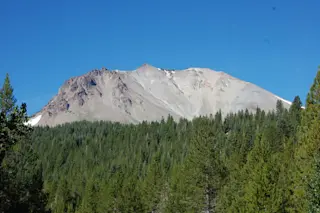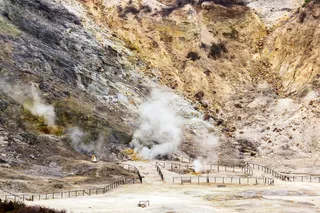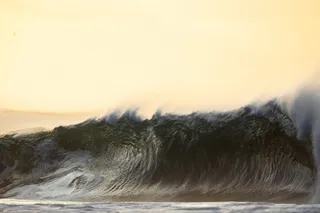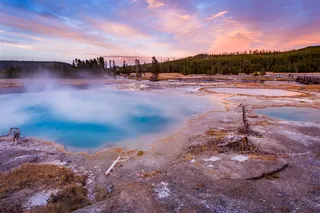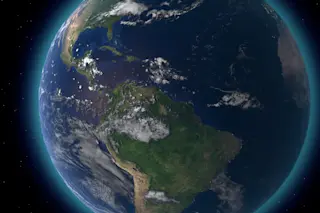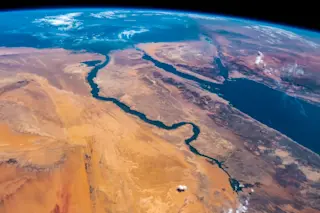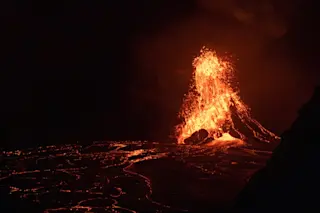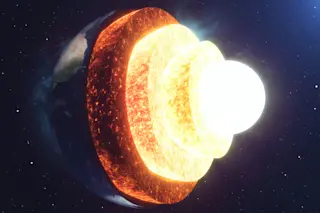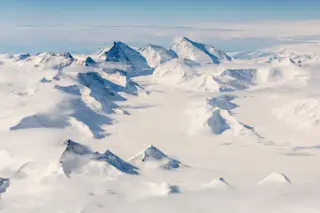Lassen Peak in the southern Cascades of California. The dacite from the 1915 eruption can be seen as a small tongue of black lava just below (to the right) of the main summit. Image: Erik Klemetti, July 2013. So, what have I been up to the week? It has been all about the National Science Foundation project I have going about the Lassen Volcanic Center. Last year, I had a collaborative proposal with other faculty from UC Davis, Fresno State and Sacramento State get funded by NSF and I've been collecting new samples and data this summer with one of my summer research students. My part of this proposal looks at the longterm context of the magmatic system at the Lassen Volcanic Center (LVC) by examining the zircon record from over a dozen different lavas and tephras erupted since ~620,000 years ago and as recently as 1915. So far, my ...
Field Update 2013: Examining the Magmatic Evolution of the Lassen Volcanic Center
Discover the Lassen Volcanic Center's stunning geological history and eruptions, including the rhyodacite of Sunflower Flats.
More on Discover
Stay Curious
SubscribeTo The Magazine
Save up to 40% off the cover price when you subscribe to Discover magazine.
Subscribe

